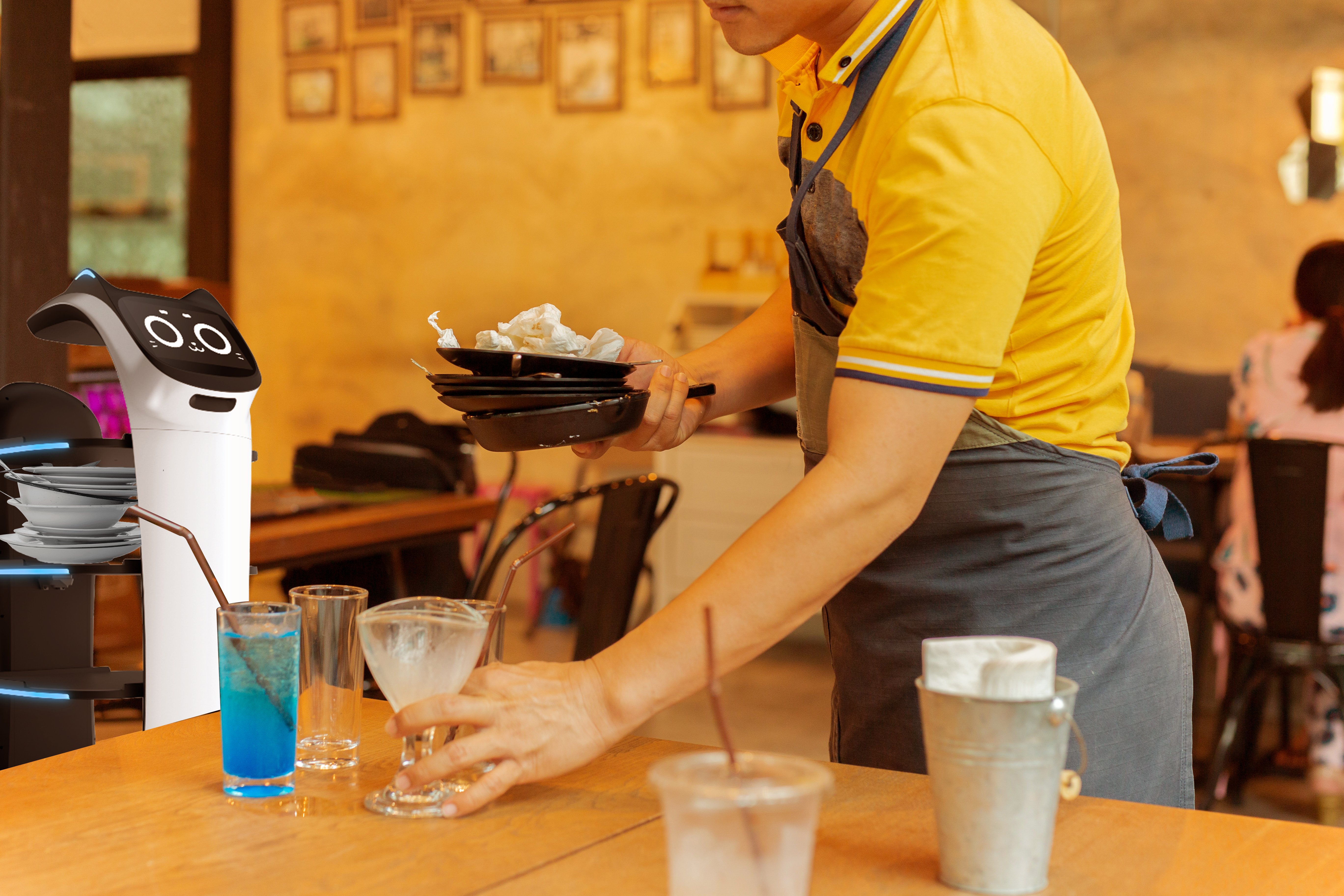1. Invoicing and Order Processing
Invoicing is a necessary process for any business. However, it can be monotonous and very time-consuming. Luckily, robotic process automation (RPA) software can take over completely.
Manual invoicing typically requires employees to spend hours on data entry, file checking and storage before it can be sent for approval and payment. RPA digitizes and automates every step, freeing up accountants for more important work.
Order processing RPA software can be revolutionary for businesses with physical products. It can verify addresses and finalize payments. Without any additional help, it can also print shipping labels and adjust available quantities. Another possibility is to train the software to order more stock if the business runs low.
2. Payroll
Implementing RPA is a relief for HR employees, who can be free to spend time on other tasks. Payroll can eat up days' worth of time with manual data entry and verification, seemingly endless calculations, and working within multiple programs.
RPA software can take care of much of the process in a fraction of the time. It can “speak” with each program seamlessly and make calculations easily. The software can also track differences in employee pay due to various factors such as overtime, movement on the payscale, unpaid leave and bonuses.
There will always be a need for accountants and payroll professionals to oversee operations, but a lot of the menial work can be relived by robotics in business.
3. Customer Service
Customer service quality is a significant factor in overall brand satisfaction. As such, most successful companies focus a substantial effort on improving theirs. Large corporations have their own call centers, and smaller businesses often have at least an employee or two who are committed to responding to queries and complaints.
However, many of these interactions could be automated without the need for any human input. Typically, when a customer fills out a help ticket, it alerts the next available person to help. That employee must locate the information needed to solve the problem and present it to the consumer.
RPA integration can filter those requests for specific problems and answer simple questions on its own by sorting through company data, policies and available information. Anything too complex could be filtered to an employee knowledgeable in that area, saving a lot of time and hassle.
Furthermore, physical business robots can help ease receptionist roles by providing an engaging and customizable UI for common questions. Business robot Pepper can serve as a brand ambassador to help visitors access company information, share directions and pass on support tickets.
4. Competitive Pricing and Monitoring
Nowadays, consumers can pull out their phones and run a cost check on the desired product. A quick search will tell them what retailer has the best price and who can get it there the fastest. Brand loyalty means a lot less than it used to. In this market, it’s becoming exceedingly crucial for businesses to frequently analyze their prices compared to their competitors.
Manual market comparison data is practically obsolete by the time it’s finished. Other businesses are already seeing great success from RPA software integration for analysis. Retailers like Amazon can keep track of the market value and pricing of products and automatically adjust theirs accordingly. RPA can watch each competitor in real-time and either report back on discrepancies or make changes automatically.
5. Repetitive Manual Labor
Of course, not all repetitive business tasks are spreadsheets and emails. Physical labor is also an opportunity to free up time for workers and allow them to tackle more high-impact activities.
Warehouses, for example, currently hire a lot of pickers and other labor-intensive jobs to maintain operations. But what if they could instead encourage employees to pick up certifications for career progression — equipment operation, quality assurance, supervising, etc. — while leaving the basic tasks to robots?
Manufacturers are developing robotic lift trucks and other smart equipment to accomplish just this. The goal isn’t to reduce labor, it’s to fill those more essential roles while reducing the physically taxing and repetitive workload that burns talented workers out.
Other industries can benefit from this, too. The firefighting Rhyno Robot, for example, is built to take on hazardous disaster work that is unsafe for remediation crews alone. For less extreme workplaces, delivery robots like PuduBot can deliver food and other goods to customers without taxing busy restaurant workers or customer service staff with menial tasks.
Robots Can Take Repetitive Work Off Employees’ Plates
Business robots and RPA applications can benefit businesses of all sizes, from small startups to large corporations. This frees employees to work on projects requiring human intelligence, emotion and reasoning instead of focusing on manual data entry or delivery.


















.webp?width=124&height=124&name=image%20(1).webp)
.webp?width=169&height=87&name=image%20(2).webp)



































